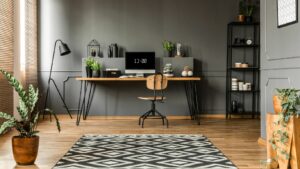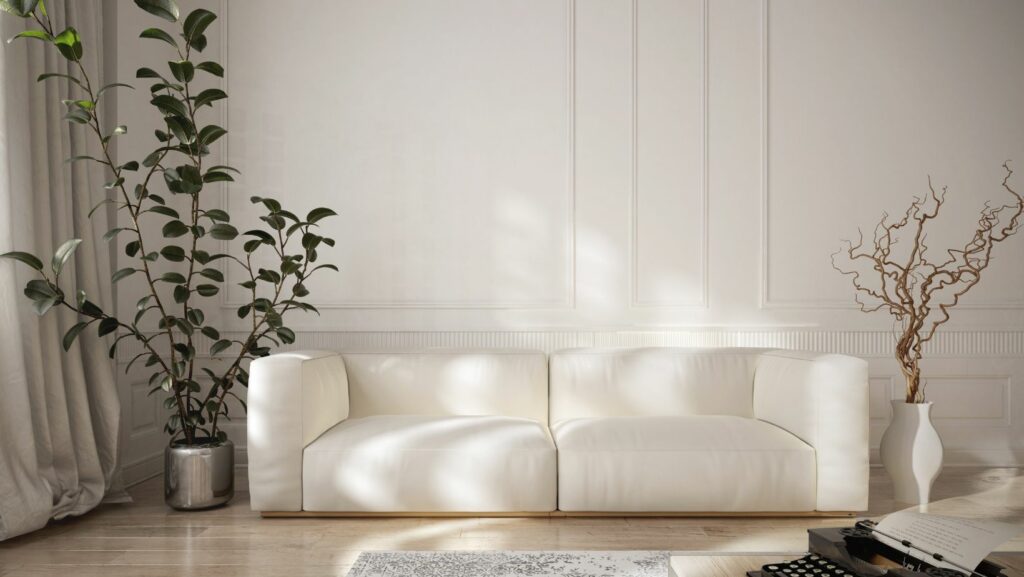Pattern in Interior Design
Patterns play a crucial role in interior design, as they can significantly impact the overall look and feel of a space. Understanding the basics of patterns is essential for creating a harmonious and visually appealing design. Different types of patterns, such as stripes, florals, chevron, and abstract designs, can be used to add texture, movement, and interest to a room. By incorporating various patterns, one can create visual depth and enhance the aesthetic appeal of the space.
The evolution of patterns in interior design has been influenced by various historical trends and cultural movements. From the intricate patterns of the Victorian era to the bold prints of the Art Deco period, history has played a significant role in shaping modern patterns. Drawing inspiration from different time periods allows designers to create unique and eclectic spaces that blend tradition with contemporary elements. Understanding the historical influence on modern patterns can help interior designers create timeless and sophisticated designs that resonate with clients’ tastes and preferences.
Geometric Patterns

Geometric patterns in interior design involve repeating shapes like squares, triangles, or circles. They can create a modern and structured look in a room. For example, a rug with a geometric pattern can add a contemporary touch to a space, while geometric wallpaper can make a bold statement on an accent wall.
Floral and Organic Patterns
Floral and organic patterns bring a touch of nature indoors, adding a soft and elegant feel to a room. These patterns often feature flowers, leaves, or natural elements. Incorporating floral curtains or organic-inspired upholstery can introduce a sense of freshness and tranquility to a space.
Abstract and Asymmetrical Patterns
Abstract and asymmetrical patterns offer a unique and artistic flair to interior design. These patterns do not follow a specific order or symmetry, adding an element of creativity and individuality to a room. By incorporating abstract art pieces or asymmetrical patterns in decor items, one can create a visually dynamic and avant-garde atmosphere.
Choosing the Right Pattern Scale

When incorporating patterns into a space, designers should pay attention to the scale of the patterns. It’s essential to consider the size of the room and the furniture within it to ensure the patterns complement rather than overpower the space. For example, in a small room, selecting large-scale patterns can make the space feel cramped and busy, while in a larger room, smaller patterns may not have enough impact. By choosing the right pattern scale, designers can create a harmonious and visually appealing environment that enhances the overall aesthetic of the space.
Mixing and Matching Patterns
Mixing and matching patterns can add depth and character to a room. Designers can create an eclectic and personalized look by combining different patterns such as stripes, florals, and geometrics. To achieve a cohesive design, it’s essential to vary the scale, style, and color of the patterns while keeping a common element that ties them together. For instance, pairing a large floral print with a smaller geometric pattern in complementary colors can create a visually dynamic and balanced space. By skillfully mixing and matching patterns, designers can infuse personality and interest into any room.
Balancing Patterns with Solids
Balancing patterns with solid colors is key to preventing a space from feeling overwhelming. Introducing solid-colored elements such as furniture, rugs, or wall paint can provide visual relief and allow the patterns to stand out without competing for attention. For example, incorporating a solid-colored sofa or a neutral rug into a room with bold patterned curtains or throw pillows can help create a sense of equilibrium. By striking the right balance between patterns and solids, designers can ensure that the space feels cohesive and visually appealing while highlighting the beauty of the patterns.
Patterns play a crucial role in interior design, allowing individuals to express their unique style and personality through their living spaces. By understanding how to effectively mix and match patterns, one can create a harmonious or bold statement in any room. It is essential to be mindful of common mistakes like overwhelming a space with patterns or neglecting the color scheme. Looking ahead to 2023, emerging pattern trends such as modern abstract designs, unconventional geometric shapes, and nature-inspired organic patterns are set to dominate interior design. Vintage patterns are also making a comeback, offering a nostalgic touch to contemporary interiors. By incorporating these trends through textiles, wallpaper, and upholstery, individuals can effortlessly blend old-world charm with modern aesthetics in their homes.
